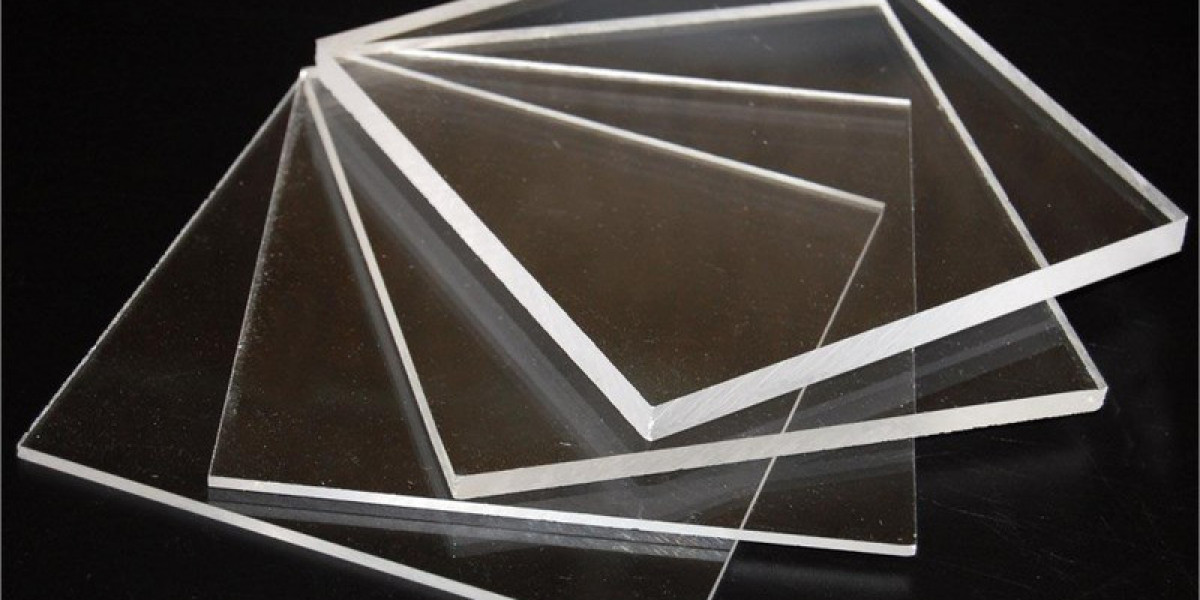ABC cable short for Aerial Bundled Cable, is a modern type of overhead power line that uses insulated conductors bundled together, rather than traditional bare conductors. These cables are designed for overhead power distribution and offer a safer, more reliable, and cost-effective alternative to conventional wiring systems.
Instead of bare wires on poles, ABC cable combines multiple insulated phase conductors wrapped together, often including a bare or insulated neutral conductor, which makes the installation safer and reduces power loss.
Why is ABC Cable Important in Power Distribution?
Key Benefits of ABC Cables:
Enhanced Safety: Minimizes the risk of accidental electrocution and fire hazards.
Reduced Power Theft: Insulated design discourages illegal connections.
Weather Resistance: Strong protection against rain, wind, snow, and storms.
Lower Installation Cost: Fewer poles and simpler infrastructure required.
Ideal for Dense Areas: Perfect for congested urban and suburban regions.
Applications of ABC Cable
| Sector | Application Description |
|---|---|
| Urban Distribution | Used to deliver electricity in crowded residential areas |
| Rural Electrification | Ideal for connecting remote villages with fewer poles |
| Temporary Power | Construction sites or emergency power setups |
| Industrial Zones | Delivers power efficiently across factory layouts |
| Forested Areas | Prevents outages caused by tree contact with live wires |
ABC Cable Construction & Components
ABC cables typically consist of the following components:
Phase Conductors: Usually aluminum, insulated with XLPE (cross-linked polyethylene)
Neutral Conductor: May be either bare or insulated; often acts as the messenger wire
Insulation Material: XLPE or HDPE for high mechanical strength and UV resistance
Messenger Wire: Carries the mechanical load of the cable, especially in longer spans
ABC Cable vs Traditional Overhead Lines
| Feature | ABC Cable | Bare Overhead Conductors |
|---|---|---|
| Insulation | Fully insulated | No insulation |
| Installation Safety | High | Low |
| Tree Pruning Requirement | Low | High |
| Power Theft Resistance | Strong | Weak |
| Maintenance | Minimal | Frequent |
| Visual Appeal | More organized | Messy in dense areas |
Types of ABC Cables
There are several variations, categorized based on voltage and conductor configuration:
1. Low Voltage Aerial Bundled Cable (LV ABC)
Operating voltage: Up to 1kV
Used in domestic and street lighting applications
Often includes 2-4 phase conductors + 1 neutral messenger
2. Medium Voltage Aerial Bundled Cable (MV ABC)
Voltage range: 6kV to 35kV
Typically used for primary distribution in suburban and rural networks
3. Service Drop ABC Cable
For connecting transformer to individual homes or buildings
Compact design for limited space areas
Technical Specifications of ABC Cable (Example Table)
| Parameter | Specification |
|---|---|
| Conductor Material | Aluminum (Class 2 stranded) |
| Insulation | XLPE / HDPE |
| Rated Voltage | 0.6/1 kV (LV) or 6–35 kV (MV) |
| Temperature Rating | -40°C to +90°C |
| UV Resistance | Yes |
| Flame Retardant | IEC 60332-1 compliant |
| Standards Followed | IEC 60502, IS 7098, NFC 33-209, BS 7870 |
How to Choose the Right ABC Cable
When selecting ABC cables, consider the following:
Voltage Requirement: Low or medium voltage
Number of Conductors: Based on the number of phases and neutral/earth needs
Span Length: Distance between poles affects mechanical tension
Weather Conditions: UV exposure, humidity, temperature ranges
Local Standards Compliance: Ensure conformity with national or international standards
Installation Tips for ABC Cables
Do:
Use insulated tools and personal protective equipment
Install with proper tension clamps and brackets
Perform voltage checks and continuity tests
Follow spacing guidelines for clearance and sag
Don’t:
Over-tighten or bend cables beyond specified minimum bending radius
Install under extreme weather conditions
Ignore ground clearance and building proximity regulations
FAQs About ABC Cable
Q1: Is ABC cable safe to touch if it's insulated?
A1: While ABC cables are insulated, they are still high-voltage conductors. Never touch them directly—treat all overhead lines as live unless verified otherwise by a certified technician.
Q2: Can ABC cable be used underground?
A2: No, ABC cables are specifically designed for aerial use. For underground distribution, armoured underground cables (UG) are used.
Q3: What is the lifespan of ABC cables?
A3: With proper installation, ABC cables can last 30 years or more, especially if made with high-grade XLPE insulation.
Q4: How is ABC cable maintained?
A4: Due to its insulated nature, ABC cable requires minimal maintenance. Regular visual inspections are sufficient in most cases.
Q5: Is ABC cable suitable for flood-prone areas?
A5: Yes. Since ABC cables are installed overhead, they are not affected by floodwaters, making them ideal for such environments.
Common Standards and Certifications
ABC cables are typically manufactured and tested according to international norms such as:
IEC 60502 – Power cables with extruded insulation
IS 7098 – Indian Standard for power cables
NFC 33-209 – French standard for overhead bundled conductors
BS 7870 – British Standard for LV/MV distribution
These standards help ensure durability, safety, and performance under varied conditions.
ABC Cable Market Trends and Forecasts
Global Demand Surge: Due to rural electrification projects and smart grid development
Asia-Pacific Growth: Especially in India, China, Indonesia, and the Philippines
Eco-Friendliness: Shift towards lead-free and recyclable insulation
Innovation: Flame-retardant, termite-proof, and self-supporting variants
Maintenance Checklist
✔ Inspect clamps and pole fittings every 6–12 months
✔ Monitor cable sag and adjust tension if needed
✔ Replace worn-out insulation if exposed
✔ Verify tightness at connection points
✔ Use thermal cameras for hot-spot detection
Key Takeaways (Bullet Summary):
ABC cable is safer, more reliable, and cost-effective compared to bare overhead wires
Insulated, bundled design makes it ideal for urban, rural, and industrial applications
Follows global standards like IEC 60502, BS 7870
Long lifespan and minimal maintenance required
Available in low and medium voltage variants
Excellent for weather resistance and theft prevention
Let me know if you want this adapted to a product page, translated into another language, or formatted for social media or ecommerce platforms!










